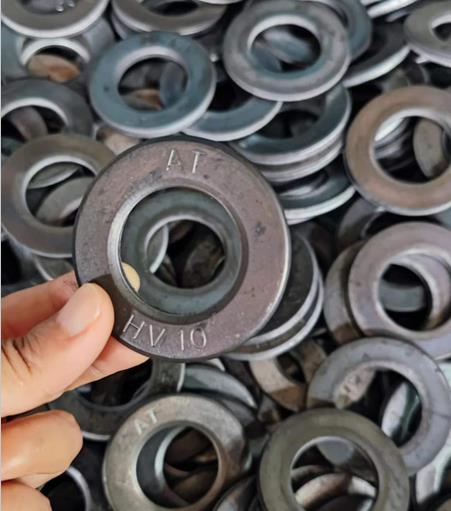Repairing Oversized Screw Holes in Drywall Efficiently and Effectively
Filling Large Screw Holes in Drywall A Step-by-Step Guide
Drywall is a ubiquitous material used in construction and home renovation projects, renowned for its ease of installation and smooth finish. However, homeowners and DIY enthusiasts often encounter issues with screw holes, particularly large ones, which can occur during mounting fixtures, removing hardware, or settling over time. Fortunately, filling these holes is a straightforward yet crucial task that can restore the integrity of your walls and provide a polished appearance. In this guide, we’ll explore the methods and materials required for effectively filling large screw holes in drywall.
Understanding the Problem
Before diving into the solutions, it's essential to understand why you might end up with large screw holes in your drywall. These can occur if screws are over-tightened, if the drywall is damaged during screw removal, or if the screws themselves were too large for the material. Regardless of the cause, the need to fill these holes arises from aesthetic concerns and the desire to maintain a smooth surface for painting or wallpapering.
Materials Needed
To successfully fill large screw holes, you'll need the following materials
1. Drywall Patch or Compound Use a high-quality joint compound for smaller holes or a drywall patch specifically designed for larger holes. 2. Putty Knife A flexible putty knife will help you apply and smooth out the compound. 3. Screwdriver To remove any loose debris or hardware around the hole. 4. Sanding Sponge or Block This will help you smooth out the filled area after it dries. 5. Primer and Paint For finishing touches after the compound has dried.
Step-by-Step Instructions
Step 1 Prepare the Area
The first step in repairing a large screw hole is to prepare the surrounding area. If there are any loose pieces or remnants of the screw, use a screwdriver to remove them. Clear away any dust or debris surrounding the hole to ensure the patch adheres well.
Step 2 Choose Your Repair Method
For particularly large holes (more than ½ inch in diameter), it's advisable to use a drywall patch
. If the screw hole is smaller, you can fill it with joint compound directly.For Large Holes 1. Cut a piece of drywall slightly larger than the hole (generally about 2 inches larger in all directions). 2. Place it over the hole and trace around it to mark the area. 3. Use a utility knife to cut out the marked area, creating a clean square or rectangular hole. 4. Install a backing support by placing a piece of wood or drywall behind the existing drywall, securing it with screws.
filling large screw holes in drywall products

For Small to Medium Holes 1. If the hole has clean edges, you can skip to applying joint compound. If the edges are ragged, trim them with a utility knife for better adhesion.
Step 3 Fill the Hole
Using a putty knife, apply the joint compound or install your drywall patch, pressing it firmly into place. When using joint compound, ensure you're filling the hole completely, slightly overfilling it at first to allow for sanding later.
For drywall patches, apply joint compound around the edges to feather out the seams and create a smooth transition with the surrounding wall.
Step 4 Allow to Dry
Let the joint compound or patch dry completely, which may take several hours or overnight. Check for dryness by touching the surface lightly.
Step 5 Sand the Area
Once dry, use a sanding sponge or block to smooth out the filled area. Be gentle to avoid damaging the surrounding drywall. The goal is to create a seamless surface.
Step 6 Prime and Paint
After sanding, clean the area to remove any dust, and then apply a coat of primer. This helps prevent the paint from soaking into the joint compound, ensuring a uniform finish. Once the primer is dry, paint the area to match the rest of your wall.
Conclusion
Filling large screw holes in drywall may seem daunting, but with the right tools and approach, it can be accomplished easily and effectively. By following these steps, you’ll not only restore the aesthetics of your walls but also enhance their durability. A little patience and careful work will lead to a finished product that looks professional and well-maintained, ensuring your home remains a source of pride for years to come.
-
Top Choices for Plasterboard FixingNewsDec.26,2024
-
The Versatility of Specialty WashersNewsDec.26,2024
-
Secure Your ProjectsNewsDec.26,2024
-
Essential Screws for Chipboard Flooring ProjectsNewsDec.26,2024
-
Choosing the Right Drywall ScrewsNewsDec.26,2024
-
Black Phosphate Screws for Superior PerformanceNewsDec.26,2024
-
The Versatile Choice of Nylon Flat Washers for Your NeedsNewsDec.18,2024










